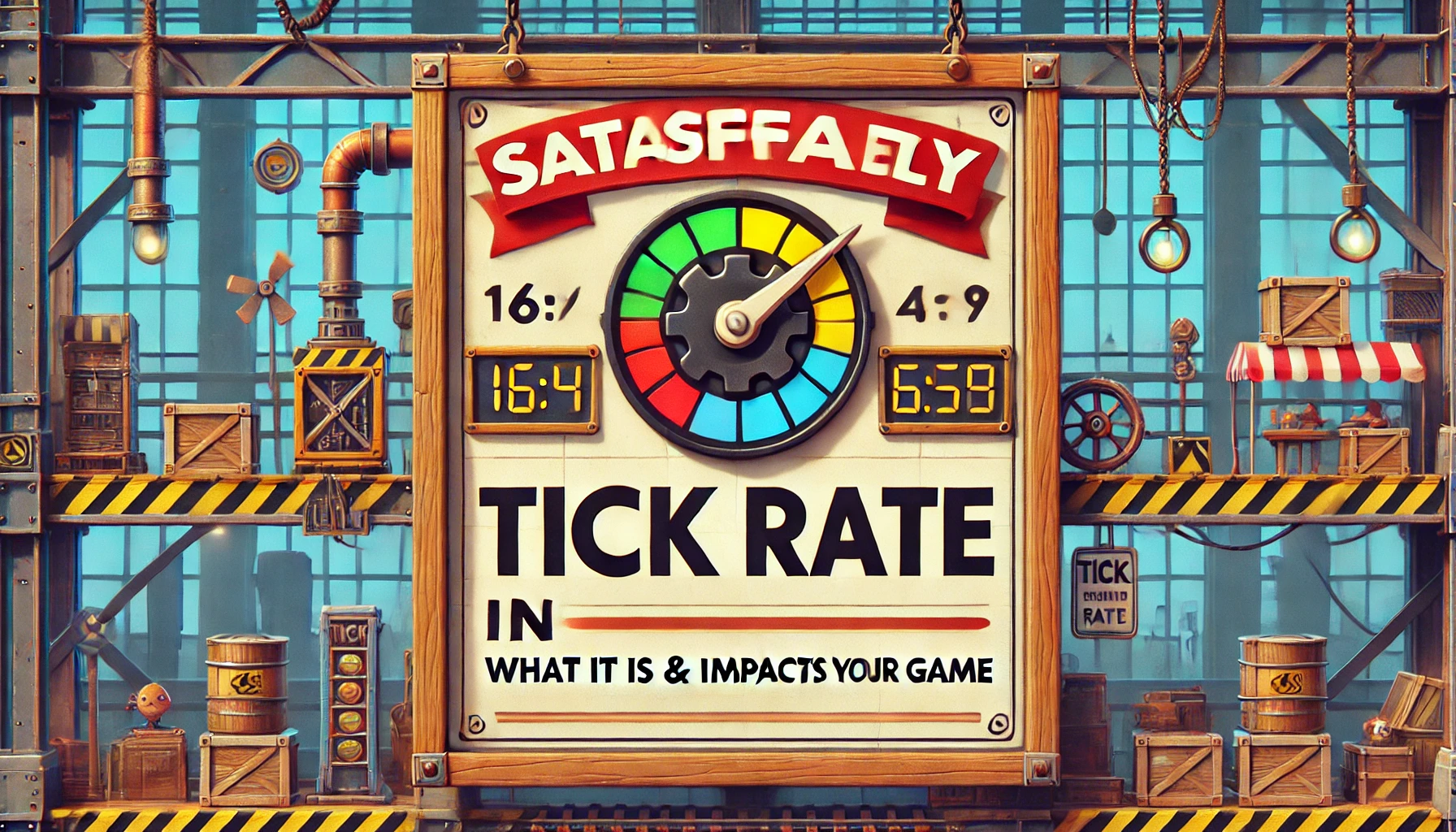In Satisfactory, the “tick rate” refers to the frequency at which the game engine updates certain game mechanics and processes. Specifically, it’s the number of updates (or “ticks”) that the game makes per second. A higher tick rate means more frequent updates and a lower tick rate means fewer updates.
What does changing it do?
Changing the tick rate can impact the game in several ways:
-
Performance: Lowering the tick rate can help improve performance, especially in large, complex factories where there are many moving parts and calculations happening. A lower tick rate reduces the amount of processing the game needs to do, which can improve frame rates and reduce lag on lower-end hardware. However, if you lower the tick rate too much, it could cause the game to feel “sluggish.”
-
Gameplay Fluidity: Increasing the tick rate results in more frequent updates to the game’s mechanics (such as conveyor belts, machinery, and interactions with resources). This can make the game feel more responsive and fluid, especially in large-scale factories where precise timing is important. However, a higher tick rate could potentially cause a performance drop if the system isn’t powerful enough.
- Real-Time Synchronization: In multiplayer games, a higher tick rate can make sure that everything in the world stays synchronized between players, reducing lag and desync issues. A higher tick rate results in smoother multiplayer experiences but also requires more server resources.
In short, adjusting the tick rate can balance performance and gameplay smoothness. If you’re running into performance issues, lowering the tick rate can help, but if you want smoother gameplay and more responsive systems, raising the tick rate might be the way to go.
 Billing
& Support
Billing
& Support Multicraft
Multicraft Game
Panel
Game
Panel






